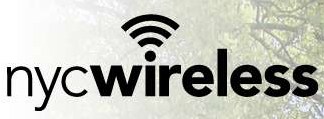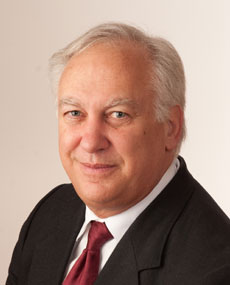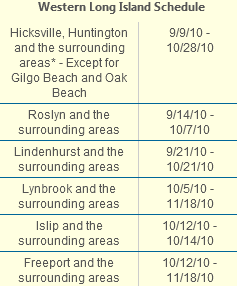Thousands of New Yorkers impacted by last week’s tornado outbreak face indefinite wait times for restoration of cable and broadband service from the area’s two biggest providers — Time Warner Cable and Cablevision.
Last week’s storms have left debris from thousands of downed trees and utility poles still in the streets in some parts of the impacted areas, leading to criticism of city officials and cable providers for slow cleanup efforts.
In particular, calls to Time Warner Cable have been a frustrating experience, reports the NY Post. Cable subscribers cannot get through to the cable company, and when they do, they receive little or no information about when exactly their service will be restored. The company added a recorded message to help get customers off the phone, telling subscribers “technicians are doing everything they can” to restore service and that actual representatives can’t provide any other information.
Jayant, one of our readers in the hard-hit Flushing area in Queens made sure to request service credit for his cable outage, knowing many providers won’t provide service outage credits if they are not specifically requested.
“Considering the enormous amount of damage here, I can understand being without service over this past weekend — restoring power should and does come first, but since Tuesday Verizon and ConEd cleared out of this area after finishing repairs and some of us are still waiting for the cable company to show up,” he writes. “Forget about calling them — it’s busy signals or ‘extended hold times’ that I suspect run into days at this point.”
He’s using Virgin Wireless’ unlimited mobile broadband service he read about on Stop the Cap! for now.
Another Queens resident shared her frustration with the Post:
“I was very tolerant until [yesterday] morning,” said Helen Cassano of Queens, who relies on TV to help entertain her bed-ridden mother who’s under 24-hour care. “It was a big storm. I understand there’s a lot going on, but talking to people in the area now, their cable is on and I want to know why mine isn’t on . . . maybe they’re not working hard enough.”
A TWC spokesperson said that “more than 75 percent” of service has been restored to affected customers, with those in Bayside, Murray Hill, parts of Flushing, Forest Hills and Middle Village being hit the hardest.
“Although a Time Warner Cable truck may not be visible on your street, engineering and technical teams may be working in the vicinity or behind the scenes to restore service,” the spokesperson said.
[flv width=”640″ height=”380″]http://www.phillipdampier.com/video/WABC New York Slow recovery from last week’s tornadoes in some New York neighborhoods 9-20-10.mp4[/flv]
WABC-TV covers some angry New Yorkers who are still waiting for services to be restored from a tornado outbreak a week after the storms hit. Copper thieves were among the busiest, cleaning up downed cable-TV, phone and power cables to make a quick buck. (2 minutes)
[flv width=”640″ height=”500″]http://www.phillipdampier.com/video/NY Tornado 9-23-10.flv[/flv]
Here is a far more comprehensive and detailed look from New York television stations, including WPIX, WABC, WCBS, and NY1 of the impact of last Thursday’s tornado outbreak in the city. (51 minutes)


 Subscribe
Subscribe





